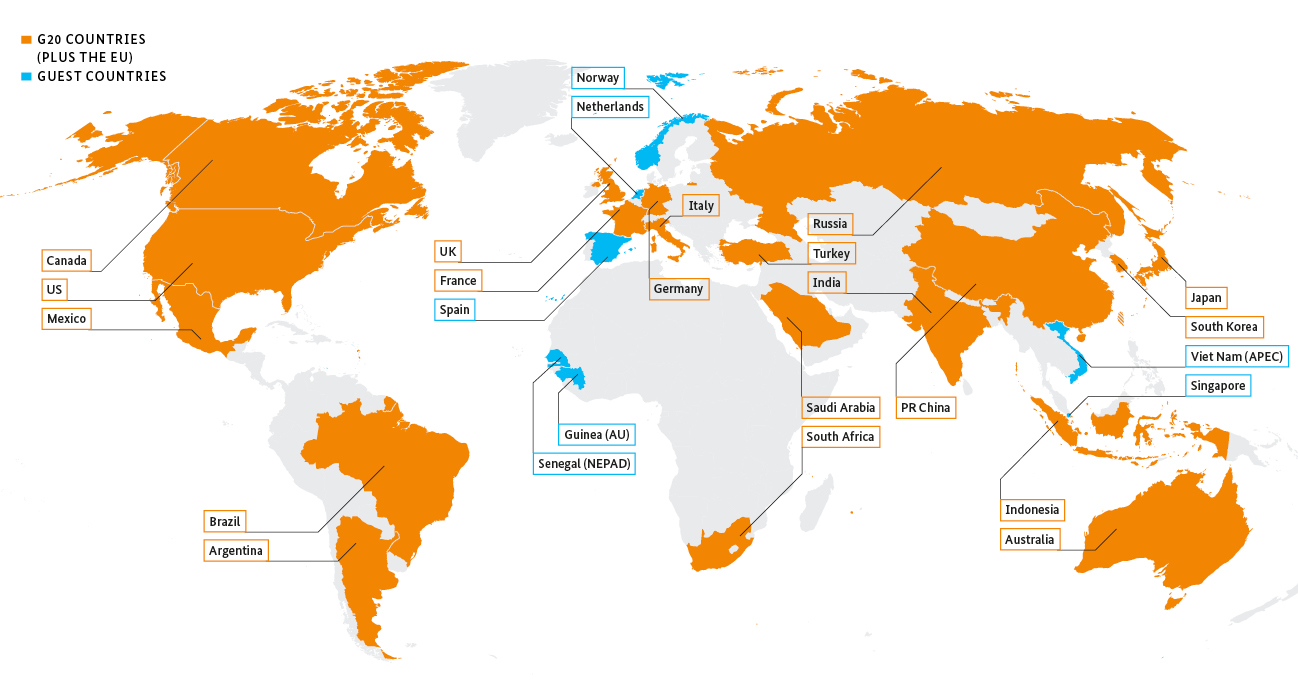Rapid Fire Current Affairs | 24 Feb 2023
Phosphor-Gypsum in National Highway Construction
National Highways Authority of India (NHAI) along with the Department of Fertilizers, Ministry of Chemicals & Fertilizers will take up field trials on NHAI projects for the use of Phosphor-Gypsum in National Highway construction to achieve a circular economy in the use of Gypsum.
Phosphor-Gypsum, a waste product from manufacturing fertilizer, emits radon, a radioactive gas. It also contains the radioactive elements uranium, thorium and radium.
NHAI is also encouraging the use of waste plastic in road construction, which has been tested very successfully. Studies have established that roads built using plastic waste are durable, sustainable and increase the life of bitumen (a substance produced through the distillation of crude oil).
Similarly, NHAI has used Fly Ash for the construction of Highways and flyover embankments. Fly ash is an unwanted unburnt residue of coal combustion in a coal thermal power plant. It is emitted along with flue gases (a waste gas from a combustion process) during the burning of coal in a furnace and collected using electrostatic precipitators.
Read More: National Highways Authority of India (NHAI), Solid Waste Management
Sinthan Top
For the first time, the road to Sinthan Top has been opened in the month of February 2023 with an aim to promote tourism to this off-beat destination in Jammu and Kashmir.
Sinthan Top is a high mountain pass that is located between the Breng valley in Anantnag district and Kishtwar of J&K which connects Kashmir to Chenab Valley.
Jammu and Kashmir (J&K) is a Union Territory, located in the country’s northern part and a global tourist destination. In addition to traditional recreational tourism, vast scope exists for adventure, pilgrimage, spiritual, and health tourism. The natural beauty and picturesque locations have made it a favoured destination for tourists across the world. Jammu is famous for its temples, while Kashmir Valley is known for its lakes and gardens.
Some of the famous destinations include: Srinagar, Pahalgam, Jammu, Sanasar, Zanskar, Gulmarg, Sonmarg, Patnitop, Katra/ Vaishnodevi, Kargil, Nubra Valley.
Read More: Tourism in India
First Meeting of the Culture Working Group
Under the presidency of India in G20, the first meeting of the Culture Working Group has begun at Khajuraho in Madhya Pradesh recently. The meeting was chaired by the Union Minister for Culture and Tourism.
On the first day of the meeting Padam Shri Mr. Nek Ram known as the Millet man has been invited to celebrate the International Year of Millets (IYM) 2023.
The temples at Khajuraho were built during the Chandella dynasty, which reached its between 950 and 1050 AD. Only about 20 temples remain; they fall into three distinct groups and belong to two different religions – Hinduism and Jainism. The UNESCO site of 'Khajuraho Group of Monuments' is famous for its Nagara-Style architecture and graceful sculptures of nayikas (Hindu Mythological female protagonists) and deities.
Read More: International Year of Millets, Presidency of India in G20
Law Commission of India
Recently, the Union Cabinet extended by one-and-a-half years the term of the 22nd Law Commission which is mandated to identify laws that are "no longer relevant" and recommend for their repeal. The term of the panel has been extended up to August 31, 2024. It is also mandated to suggest enactment of new legislation as may be necessary to implement the Directive Principles and to attain the objectives set out in the Preamble of the Constitution.
The Law Commission of India is a non-statutory body constituted by the Government of India from time to time. The first Law Commission was established during the British Raj era in 1834 by the Charter Act of 1833 and was chaired by Lord Macaulay. The first Law Commission of independent India was established in 1955 for a three-year term.
Read More: Law Commission of India

